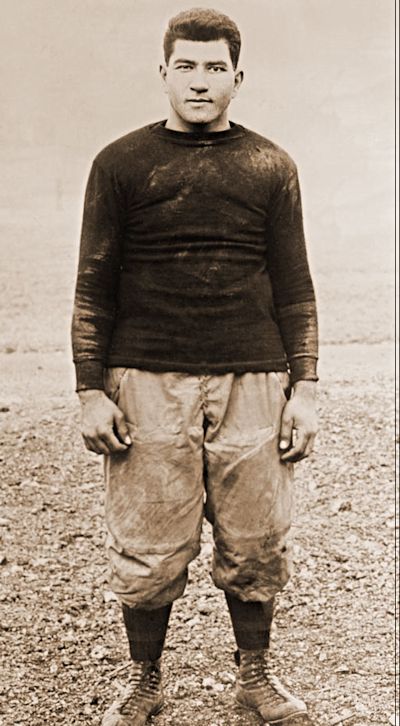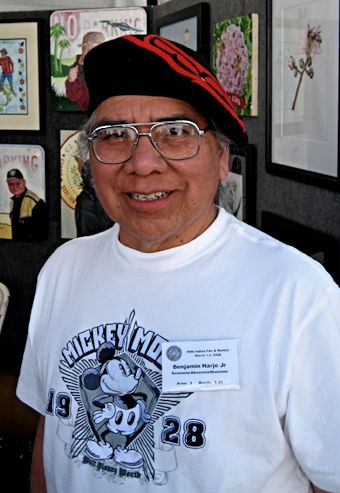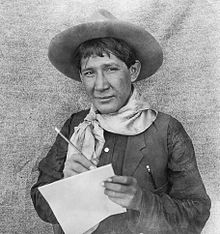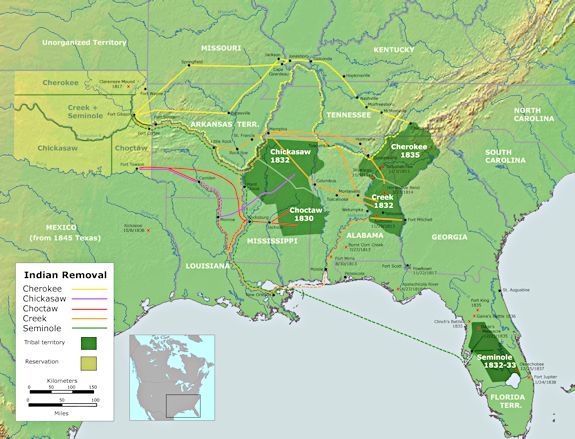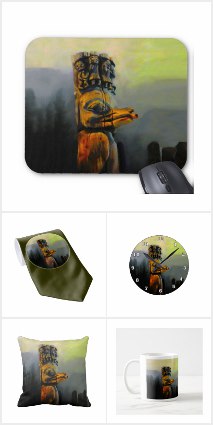Native American bone chokers originally were made from bird legs. They were seldom used as just ornamentation. They were used as physical protection for the throat from a possible knife attack. The jugular vein is in the neck and is lethal if cut. They were also used in conjunction with physical protection as a spiritual protection for the voice. Because most birds are noted for the sounds they make or for their singing quality. The spirit of the bird could be invoked to protect the person’s voice from ailments, jealousy or fatigue.
Native American Tribes of the United States
Recent Posts
Philip J. “Woodchuck” Welmas
23 ViewsPhilip J. “Woodchuck” Welmas (February 26, 1891 – November 15, 1968) was a Native American professional football player in the early National Football League.
Benjamin Harjo, Jr.
23 ViewsBenjamin Harjo Jr. (born 1945) is an award-winning painter and printmaker from Oklahoma. Harjo is half-Seminole and half-Shawnee and is enrolled in the Absentee Shawnee Tribe of Oklahoma.
Ernest Spybuck (Maythela)
23 ViewsErnest Spybuck (January 1883 – 1949), a.k.a. Mathkacea or Mahthela, often spelled his first name Earnest. He was born on the Potawatomi-Shawnee Reservation near Tecumseh, Oklahoma, to the White Turkey Band of the Absentee Shawnee, of the Rabbit clan. His parents were Peahchepeahso and John Spybuck.
Trail of Tears
30 ViewsAt the beginning of the 1830s, nearly 125,000 Native Americans lived on millions of acres of land in Georgia, Tennessee, Alabama, North Carolina and Florida–land their ancestors had occupied and cultivated for generations. By the end of the decade, very few natives remained anywhere in the southeastern United States.
Working on behalf of white settlers who wanted to grow cotton on the Indians’ land, the federal government forced them to leave their homelands and walk hundreds or even thousands of miles to a specially designated “Indian territory” across the Mississippi River (where Oklahoma is today). This difficult and sometimes deadly journey is known as the Trail of Tears.
General Facts about Totem Poles
23 ViewsOn this page is a list interesting facts about totem poles including where the Indian tribes that made them were, why they sculpted totem poles, how they made them, and what materials they used.
American Indian Baskets
23 ViewsFrom ancient times to the present, Native Americans have created baskets. In fact, basket weaving is one of the oldest crafts developed by man.
Native American Indian baskets range from very simple to elaborate and colorful works of art that took great skill to make. This artwork often involves secret techniques that have been passed down from generation to generation among Native American Indian mothers and daughters.
It is not uncommon for a well-crafted basket to contain over one hundred thousand stitches!
Red Cloud’s War
29 ViewsRed Cloud’s War, also referred to as the Bozeman War or the Powder River War, was an armed conflict between the Lakota, Northern Cheyenne, and Northern Arapaho on one side and the United States in Wyoming and Montana territories from 1866 to 1868. The war was fought over control of the western Powder River Country in present day north-central Wyoming. This grassland, rich in buffalo, was traditionally Crow Indian land, but the Lakota had recently taken control. The Crow tribe held the treaty right to the disputed area, according to the major agreement reached at Fort Laramie in 1851. All involved in “Red Cloud’s War” were parties in that treaty.
The Colorado War
23 ViewsThe Colorado War was an Indian War fought from 1863 to 1865 between the Cheyenne and Arapaho Nations and white settlers and militia in the Colorado Territory and adjacent regions.
The Kiowa and the Comanche played a minor role in actions that occurred in the southern part of the Territory along the Arkansas River, while the Sioux played a major role in actions that occurred along the South Platte River along the Great Platte River Road, the eastern portion of the Overland Trail.
The United States government and Colorado Territory authorities participated through the Colorado volunteers, a citizens militia while the United States Army played a minor role. The war was centered on the Colorado Eastern Plains.
There were seven major Indian Wars fought in Colorado between 1864 and 1879.
The Colorado region was part of the Viceroyalty of New Spain from 1535 to 1682, New France from 1682 to 1762, Kingdom of Spain from 1762 to 1800, French First Republic 1800 to 1803, and part of the United States of America 1803–present (boundaries were disputed by Spain).
These are the articles of agreement and list of signees for a treaty made at Fort Gibson on the Arkansas River in Indian Territory (Oklahoma) on February 14, 1833 between representatives of the United States and the Western Cherokees (Cherokees west of the Mississippi River).
This treaty signed in the City of Washington on May 6, 1828 removed the Western Cherokee from the Territory of Arkansas to West of the Missississippi River. This is a copy of the full articles of that treaty, along with the list of signees. It also has clauses that pertain to the Choctaw and Creek Indians.
1819 Treaty with the Cherokee
27 ViewsThis is the full articles and list of signees of the February 27, 1819 Treaty with the Cherokee signed in the City of Washington, a corrected copy made March 1, 1819, and incorporating ammendments added at Cherokee Agency on January 6, 1817 and July 8, 1817.
1817 Treaty with the Cherokee
23 ViewsThis is the full text and list of signees of the treaty made between the United States and the Cherokee at the Cherokee Agency on July 8, 1817.
1816 Turkey Town Treaty (Cherokee)
23 ViewsThis is the full text and list of signees of a treaty made at the Chickasaw Council House on September 14, 1816 between the United States and the Cherokee Indians, which was ratified at Turkey Town October 4, 1816.
